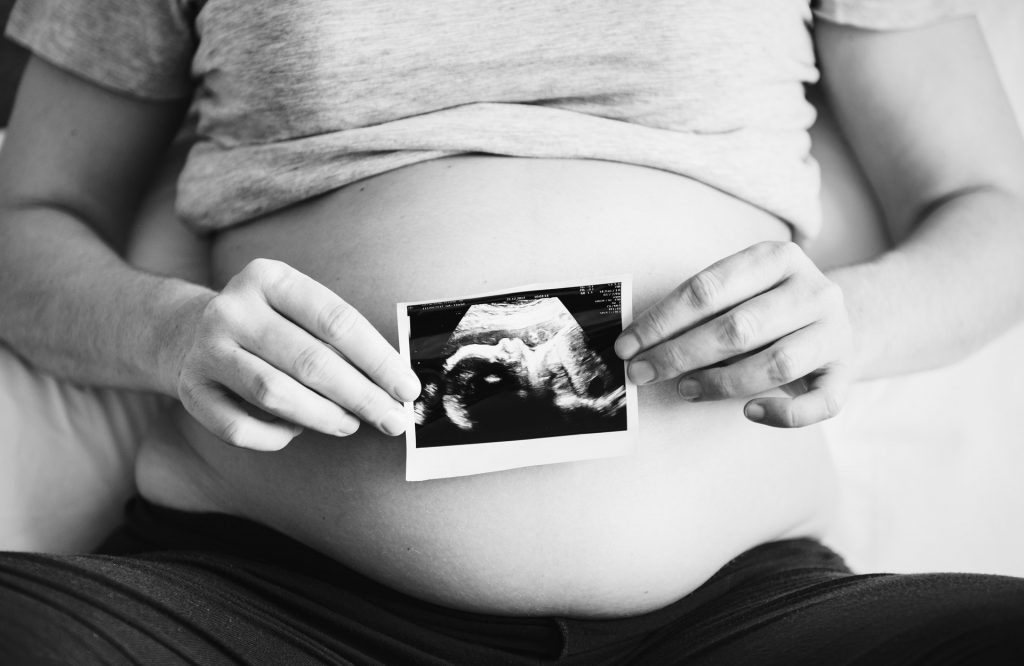Understanding The IVF Gender Selection Process

Sex choice is a hot and controversial topic right now. Nearly everyone has heard about somebody who managed to conceive a child of the desired sex through more ‘natural’ methods, like eating particular foods, having sex at a specific time of the month, even specific positions or head locations.
However, the question that remains for most couples is how much do you do to get a baby of your desired sex?
The gender ‘desirability’ of children in countries like Australia, New Zealand, USA and the UK are inclined to be more linked with wanting to make a balance in an already existing family. Although gender selection is illegal in Australia, recent research shows that 50% of Australian adults would love to pick the gender of the child, and that up to 10 Australian couples are travelling overseas per month to use the IVF treatment that will allow them to select gender.
A staggering proportion of parents have also said that sex choice is so important to them that they’re not discouraged by the price tag, which is significant since the procedure costs between $25,000 to $30,000 in IVF clinics in the US (not including flights, lodging, fertility drug costs etc). However, the process hasn’t always been prohibited in Australia.

So How Can Gender Choice Work?
The sex selection process most couples use is named PGD/IVF and involves creating embryos beyond the uterus and analyzing them for hereditary disorders and gender. The therapy entails preliminary fertility therapy to assist the woman in growing 10-12 eggs. These are then extracted from her uterus, fertilised with her spouses sperm and the selected embryos are genetically tested and then returned to the uterus. The girl then takes a pregnancy test two weeks later and, if she is pregnant, has a 99.9% chance of having a child of their desired sex.
Why Is It So Controversial?
The NHMRC states that gender choice compromises acceptance and support between a parent and their child, and it might finally create an imbalance of women and men, similar to the problems faced in China, following the implantation of the ‘one-child policy’ has lead into some country with a huge bulk of boys and too few girls to for maturing generations.
The main reason the public is against baby gender selection is the presence of a person solely weighted on their sex. There’s a great danger in minding stereotypical traits to certain genders and parents must remember they’re creating a person, not just a boy or a girl. A lot of people believe it’s a technology that should not be something society should promote (or make broadly accessible ) even if a simple, more affordable option should become accessible.
But another side for this view is that if a successful pre-conception sex selection method is accessible, it might help stop the abortion or infanticide prices in states where female babies aren’t desired.
At present the technology is reserved for discovering debilitating sex-linked genetic disorders, for example hemophilia and muscular dystrophy which are only prevalent in boys. However, most fertility and medical specialists agree that changes will need to be made to the laws surrounding gender selection, that it is a natural human desire and modern technology should be in a position to assist. Many IVF experts believe the treatment should not be encouraged but should not be illegal, saying it is not about producing ‘designer babies’, but considering gender balance as a sensible request.
